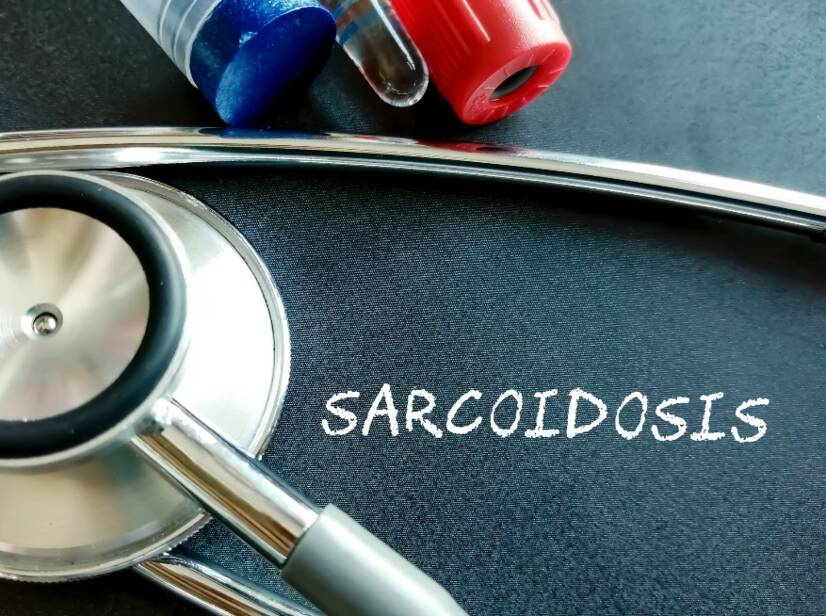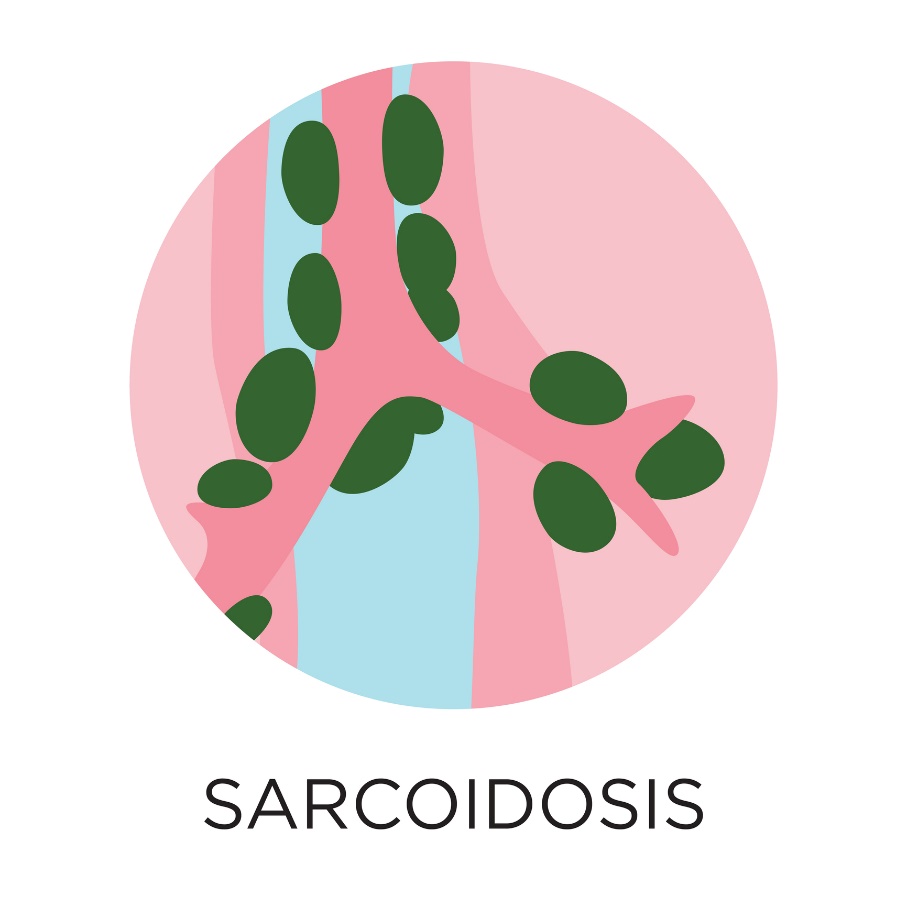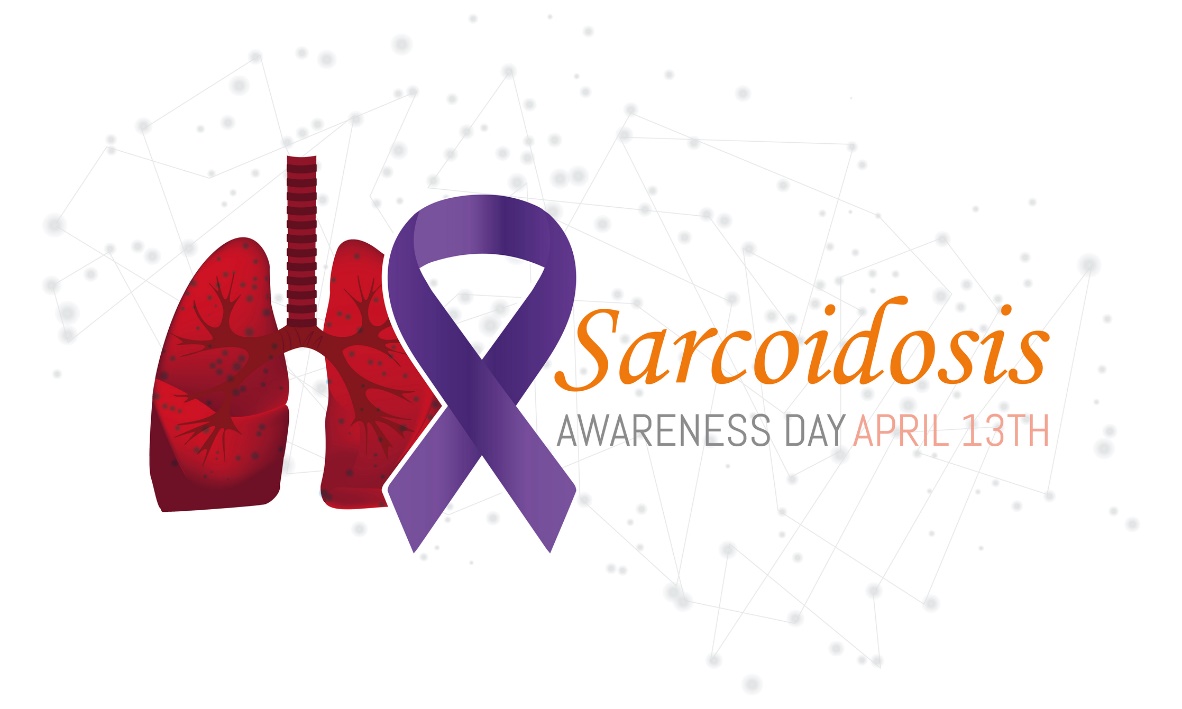- solen.cz - Generalized sarcoidosis. Solen. MUDr. Monika Žurková a spol.
- casopisvnitrnilekarstvi.cz - Sarcoidosis - still a mysterious disease. Vítězslav Kolek a spol.
- medicinapropraxi.cz - How to recognize and treat sarcoidosis. MUDr. Monika Žurková, Ph.D. and spol.
- healthline.com - Sarcoidosis. Healthline. Valencia Higuera
Sarcoidosis: What is sarcoidosis and what are its causes/symptoms? Pulmonary and extrapulmonary forms

Photo source: Getty images
Most common symptoms
- Malaise
- Sweating
- Chest pain
- Sore Throat
- Joint Pain
- Eye Pain
- Muscle Pain
- Sensitivity to light
- Spirituality
- Fever
- Scars
- Rash
- Indigestion
- Blindness in one eye
- Eye irritation
- Buds
- Blindness
- Dry cough
- Pressure on the chest
- Fatigue
- Coughing up blood
- Reddened skin
- Redness of the conjunctivae
- Blurred vision
- Deterioration of vision
- Enlarged lymph nodes
Show more symptoms ᐯ
Treatment of sarcoidosis: drugs and sometimes surgery
Show moreSarcoidosis is treated by
Other names
Besnier-Boeck disease












